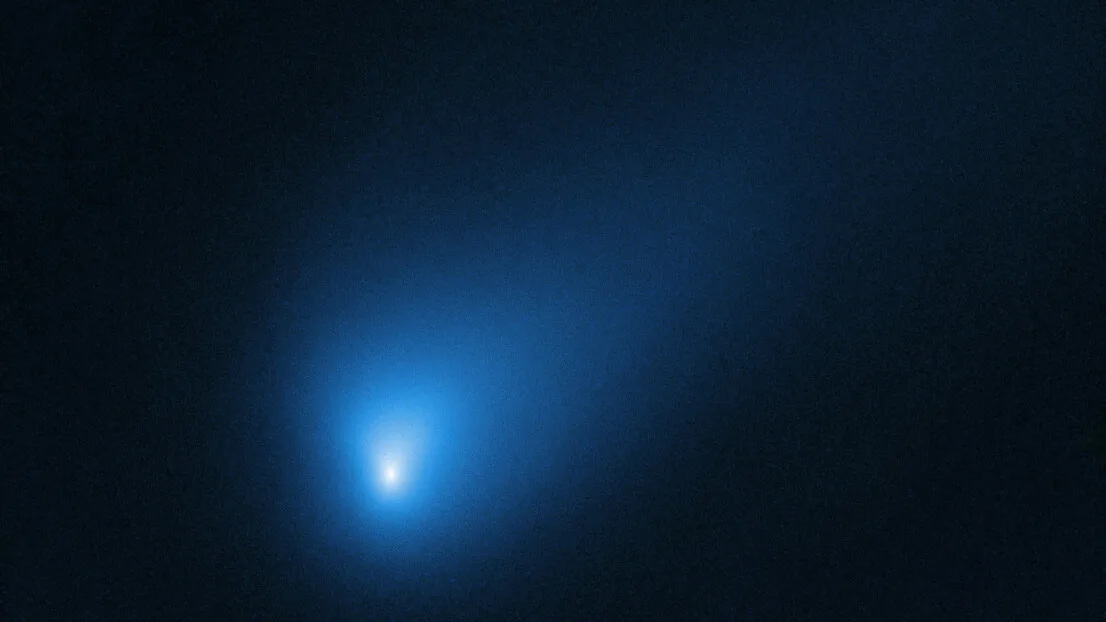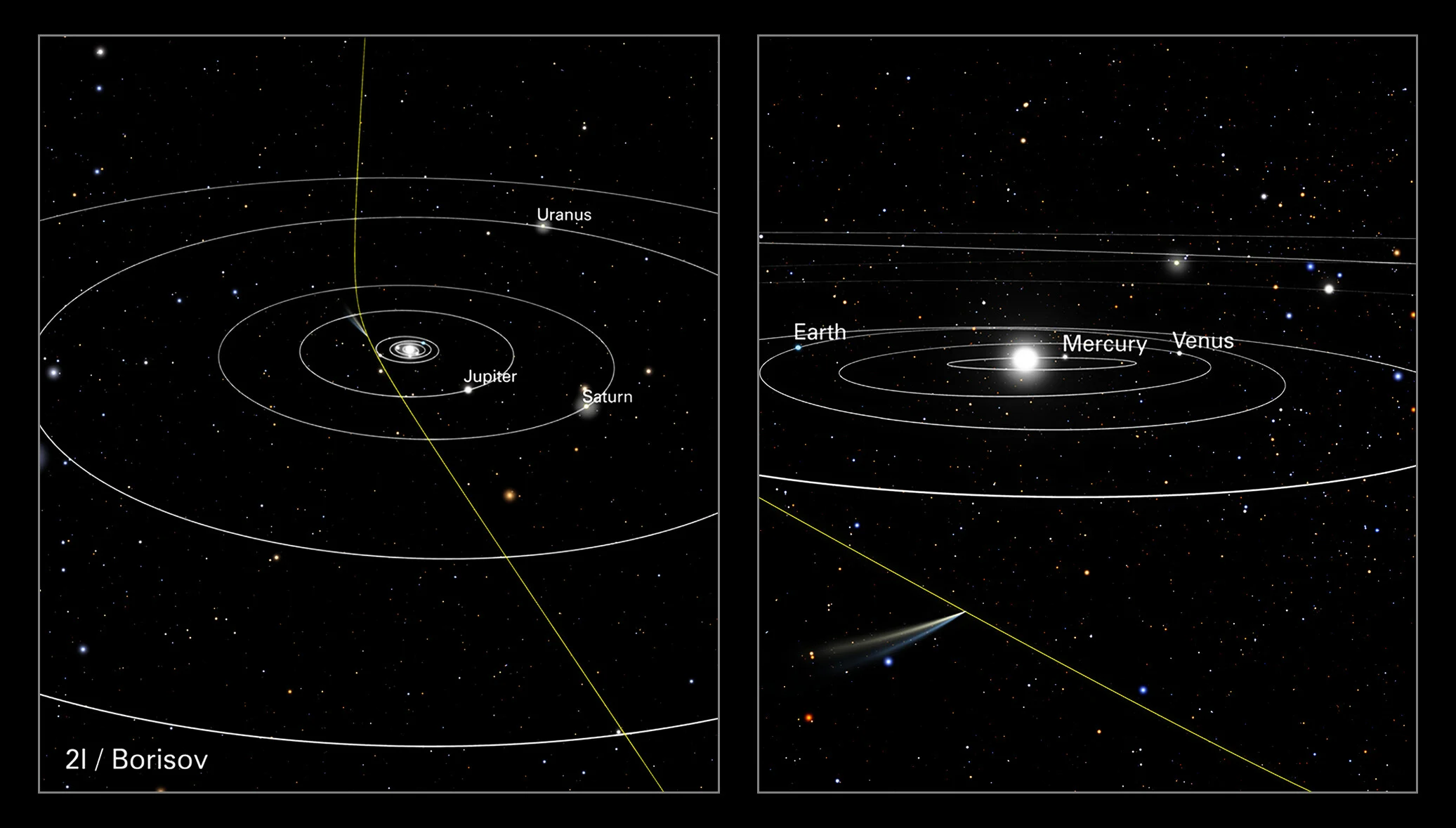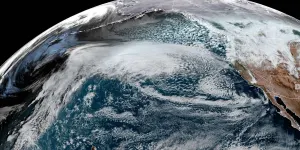
Interstellar Comet Borisov is surprisingly familiar in latest Hubble pics
Hubble zooms in on our latest intersellar visitor
Astronomers have discovered something surprising about our latest interstellar visitor.
Comet 2I/Borisov, which was first spotted on August 30 by Crimean amateur astronomer Gennady Borisov, is remarkable for three reasons. Firstly, it is the second known interstellar object to be spotted passing through the solar system. Secondly, since astronomers still aren't sure what 'Oumuamua was, 2I/Borisov is the very first confirmed interstellar comet. Thirdly, even though it likely formed around some other star out in the galaxy, it is surprisingly familiar.
When astronomers spotted 'Oumuamua in 2017, it was unlike anything they'd seen before. Its appearance suggested that it had undergone some fairly extreme conditions and that it was likely exposed to interstellar space for a very long time. Also, although it was thought to be composed of ice, and thus was probably a comet of some kind, it did not behave like a comet. It produced no gaseous coma, and it did not sprout tails when it approached the Sun.
Observations of 2I/Borisov, however, are showing it to be...well... remarkably unremarkable.
This animation shows a sequence of Hubble images of Comet Borisov, as it moves against the backdrop of stars (the streaks in the background). Credit: Hubble/ESA/NASA
Other than being slightly more reddish in colour, its behaviour is surprisingly like that of any home-grown comet.
By 'home-grown', that means any comet that originates from within our solar system - either from the Kuiper Belt out near Pluto, or from the Oort Cloud of cometary bodies that supposedly surrounds the solar system.
"Whereas 'Oumuamua looked like a bare rock, Borisov is really active, more like a normal comet," David Jewitt of UCLA, who is leading the Hubble observations of 2I/Borisov, said in a Hubble statement. "It's a puzzle why these two are so different."
Amaya Moro-Martin of the Space Telescope Science Institute added: "Because another star system could be quite different from our own, the comet could have experienced significant changes during its long interstellar journey. Yet its properties are very similar to those of the Solar System's building blocks, and this is very remarkable."
Comet 2I/Borisov is on a path that is carrying it down through the inner solar system, with its closest approach to the Sun being just beyond the orbit of Mars.

This illustration shows 21/Borisov's hyperbolic path through the Solar System. The comet's straight path across interstellar space is slightly deflected by the Sun's gravitational pull. The comet is travelling so fast, at over 155,000 kilometres per hour, it will eventually leave the Solar System. The panel on the right shows the comet’s position relative to Earth when Hubble observed it on 12 October 2019, when it was 420 million kilometres from Earth. Credit: NASA, ESA, J. Olmsted, F. Summers (STScI).
The comet was 420 million kilometres from Earth when Hubble snapped these images of it, or a little less than three times farther away than the distance between the Sun and Earth.
At its closest approach to Earth, on December 29, 2019, 2I/Borisov will be over 290 million kilometres from us, or just shy of twice the distance between Earth and the Sun.
"New comets are always unpredictable," Max Mutchler, another member of the observing team from the Space Telescope Science Institute, told NASA. "They sometimes brighten suddenly or even begin to fragment as they are exposed to the intense heat of the Sun for the first time. Hubble is poised to monitor whatever happens next with its superior sensitivity and resolution."










